| Structure | Name/CAS No. | Articles |
|---|---|---|
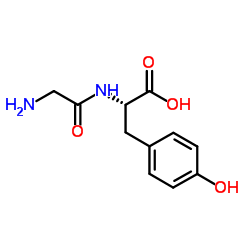 |
H-Gly-Tyr-OH
CAS:658-79-7 |
|
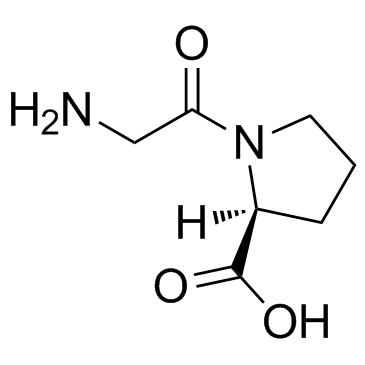 |
H-Gly-Pro-OH
CAS:704-15-4 |
|
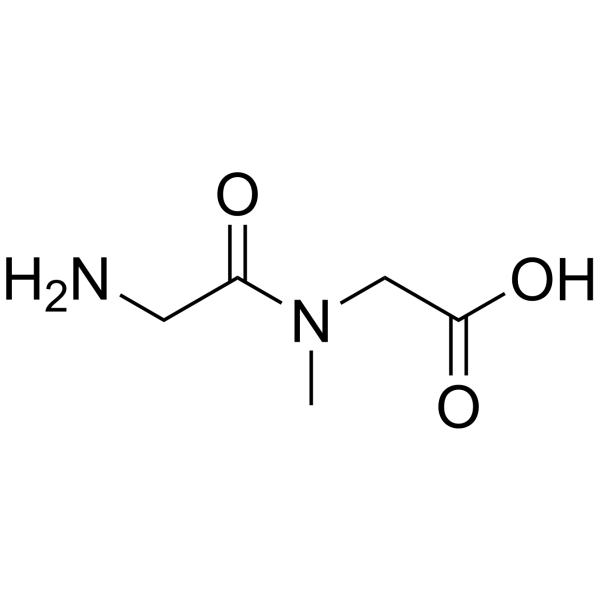 |
H-Gly-Sar-OH
CAS:29816-01-1 |
|
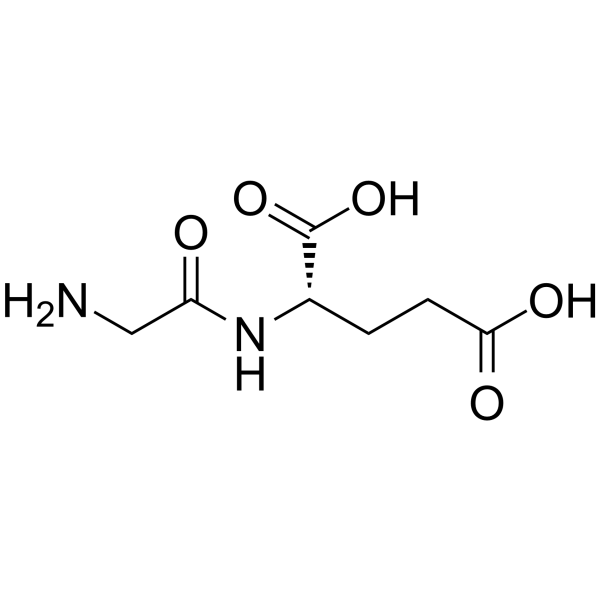 |
β-Endorphin (30-31) (human)
CAS:7412-78-4 |
|
 |
Gly-His
CAS:2489-13-6 |
|
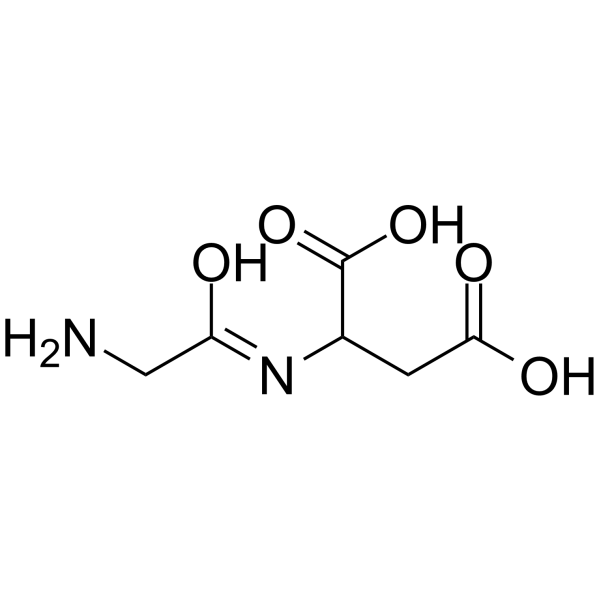 |
H-Gly-DL-Asp-OH
CAS:79731-35-4 |
|
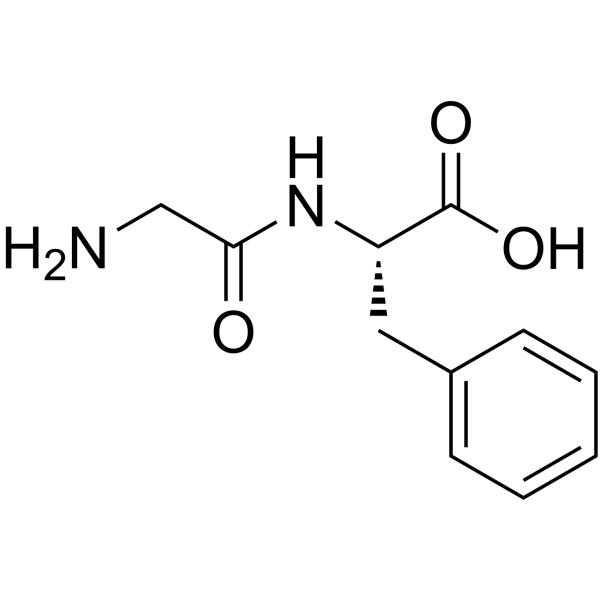 |
H-Gly-Phe-OH
CAS:3321-03-7 |